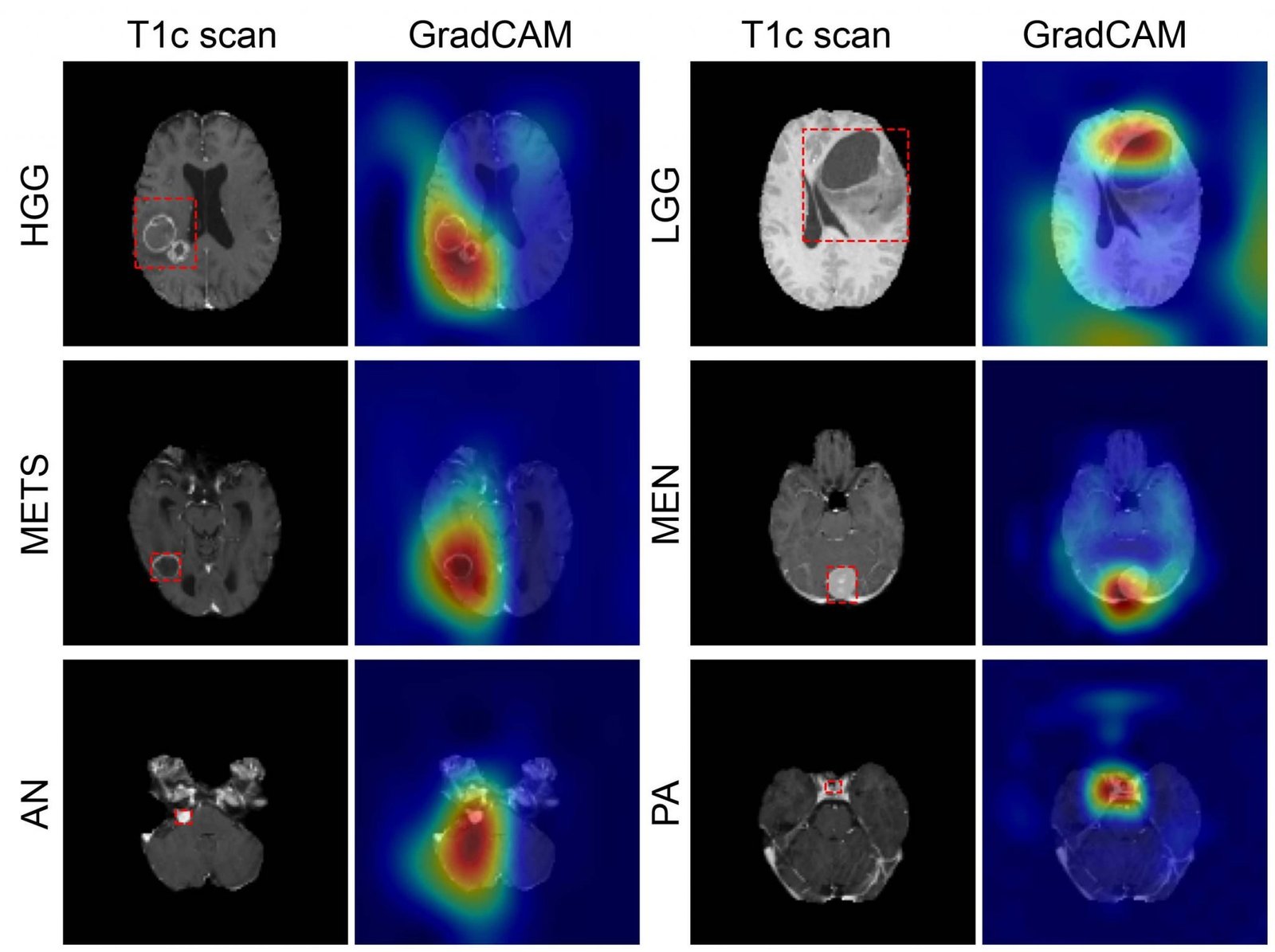Quick Overview
Researchers have introduced an AI model named FastGlioma that can detect remaining parts of cancerous brain tumors during surgery in just 10 seconds. This advancement, detailed in a study published in Nature, shows significant improvements over traditional methods.
Key Features and Advantages
- Rapid Detection: FastGlioma can identify residual tumor tissue with an average accuracy of around 92% within seconds.
- Reduced Miss Rates: The AI model missed high-risk residual tumors only 3.8% of the time, compared to nearly 25% for conventional techniques.
- Broader Applications: While focused on gliomas, the technology may also be applicable to other types of brain tumors, including pediatric cases.
How It Works
- FastGlioma utilizes microscopic optical imaging combined with advanced AI foundation models, trained on extensive datasets of surgical specimens.
- The model was developed using over 11,000 surgical samples and 4 million microscopic images, allowing it to quickly assess tumor infiltration.
- It employs stimulated Raman histology, a rapid imaging technique that provides high-resolution images in a fraction of the time required by traditional histology methods.
Impact on Neurosurgery
- Neurosurgeons often struggle to differentiate between healthy brain tissue and residual tumors, leading to incomplete tumor removal.
- FastGlioma aims to minimize reliance on less accessible imaging techniques, enhancing surgical outcomes and patient management.
- By providing immediate feedback during surgery, it allows surgeons to make informed decisions about further tumor resection.
Future Directions
- Researchers plan to explore the application of FastGlioma in diagnosing other cancers, including lung, prostate, and breast cancers.
- The technology represents a significant step towards integrating AI into surgical practices, potentially improving patient outcomes across various cancer types.
Conclusion
The development of FastGlioma marks a promising advancement in the field of neurosurgery, offering a faster and more accurate method for detecting residual tumors. This innovation could lead to better surgical outcomes and improved quality of life for patients undergoing brain tumor surgeries.
